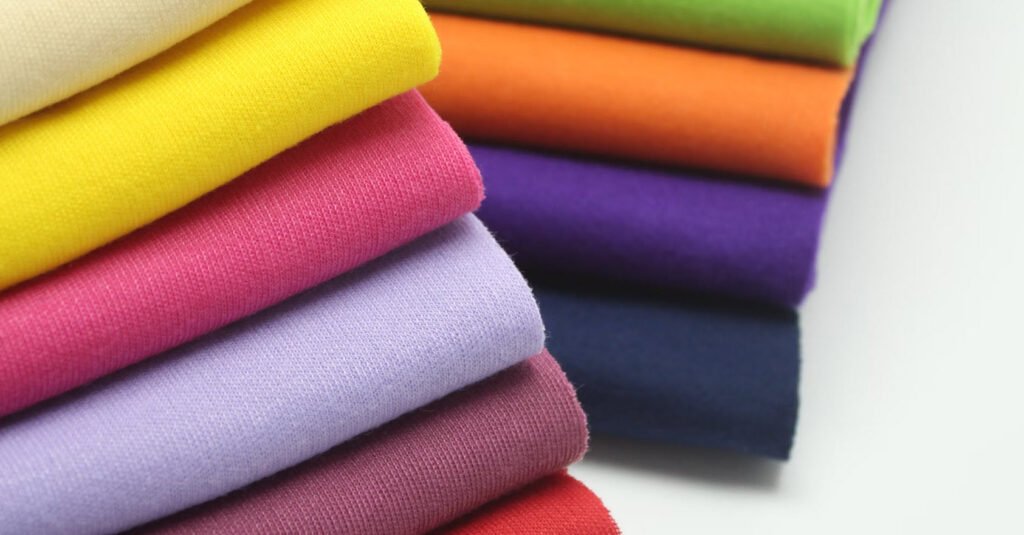
Fabric is an essential component of our everyday lives. It surrounds us in the form of clothing, upholstery, curtains, and more. Understanding the different types of fabric can help us make informed choices when it comes to selecting the right material for our needs.
In this guide, we will explore a variety of fabrics, their characteristics, and common uses.
1. Cotton:
Cotton is a versatile and widely used fabric. It is a natural fiber that is known for its softness, breathability, and comfort. Cotton fabrics come in a wide range of colors and are suitable for various types of clothing, including t-shirts, shirts, dresses, and bed linens.
2. Silk:
Silk is a luxurious fabric that has been prized for centuries. It is made from the fibers produced by silkworms and is known for its smooth texture and lustrous appearance. Silk fabric drapes beautifully and is often used for elegant evening wear, formal dresses, and high-end bedding.
3. Linen:
Linen is a strong and durable fabric that is made from the fibers of the flax plant. It is highly breathable and absorbs moisture well, making it a popular choice for hot weather clothing. Linen is commonly used in shirts, dresses, suits, and home furnishings such as tablecloths and napkins.
4. Wool:
Wool is a natural fiber derived from the fleece of sheep or other animals. It is known for its warmth and insulation properties, making it an excellent choice for winter clothing. Wool is often used in sweaters, coats, blankets, and rugs.
5. Leather:
Leather is a versatile and stylish fabric made from animal hides. It is known for its durability and distinctive texture. Leather is commonly used to make jackets, shoes, belts, bags, and furniture upholstery.
6. Georgette:
Georgette is a lightweight and flowing fabric that is typically made from silk or synthetic fibers. It is known for its slightly crinkled texture and is often used in the construction of women’s dresses, blouses, and scarves.
7. Chiffon:
Chiffon is a sheer and lightweight fabric that was originally made from silk. It has a soft and delicate drape, which makes it a popular choice for elegant evening wear and formal gowns. Chiffon is also used in the creation of scarves and curtains.
8. Nylon:
Nylon is a synthetic fabric that is known for its strength and elasticity. It is often used in activewear, swimwear, and hosiery due to its quick-drying properties. Nylon is also used as a component in blended fabrics to enhance their durability and stretchability.
9. Polyester:
Polyester is a synthetic fabric that is highly popular due to its durability and wrinkle resistance. It is often blended with other fibers to improve its characteristics. Polyester fabrics are commonly used in clothing, upholstery, and bedding.
10. Velvet:
Velvet is a luxurious fabric characterized by its soft pile and rich appearance. It is traditionally made from silk but can also be manufactured using synthetic fibers. Velvet is used for creating elegant gowns, upholstery, drapes, and decorative items.
11. Denim:
Denim is a durable and versatile fabric that is commonly associated with jeans. It is made from cotton twill and is known for its strength and rugged appearance. Denim is used in a wide range of clothing items, including jeans, jackets, skirts, and bags.
12. Satin:
Satin is a fabric that is typically made from silk or synthetic fibers. It has a glossy surface and a smooth, luxurious feel. Satin is often used in the production of formal wear, lingerie, ties, and bedding.
13. Net:
Net is a sheer and transparent fabric that is commonly used in the creation of wedding gowns, bridal veils, and formal dresses. It adds a delicate and ethereal touch to garments and is often layered with other fabrics for a more substantial look.
Understanding the different types of fabric allows us to make choices that align with our preferences and needs. Whether we seek comfort, durability, or style, there is a fabric out there that suits our requirements. By considering the characteristics and common uses of various fabrics, we can make informed decisions and enjoy the benefits of the fabrics that best suit our lifestyles.
You may also like:- 10 Common-Sense Self Defense Tips for Men
- How to Understand That Your Life Is Changing for the Better
- 10 Rules To Become Dangerous
- 8 Steps to a Smooth Divorce
- Personality Development – 4 Essential Aspects You Should Always Strive to Improve
- Some Hidden Facts of Muhammad Ali (The Greatest Boxer)
- 15 Signs You’re Mentally Stronger Than You Think
- From Risk to Reward – The Journey of Growth and Achievement
- 10 Rules That Will Make You Dangerous
- 8 Reminders to Live By That Can Help You To Solve Problems








